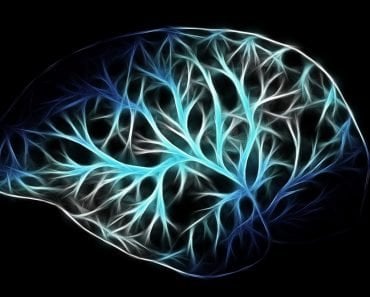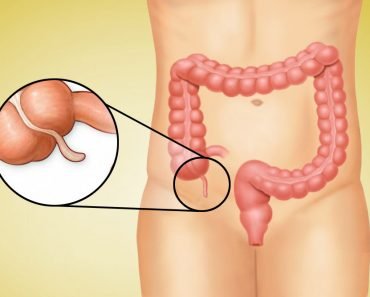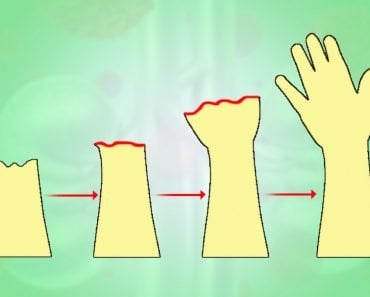Fascia is like the outer coating surrounding our internal body parts. It is a continuous tissue surrounding our internal organs, tissues, and nerves that links them all. It covers our body entirely from head to toe. As a child, what actually kept my body in one piece never occurred to me.
You’ve surely heard of muscles, bones, organs, limbs, and other body parts that make up the interconnected network of different cells in the body that work together to carry out countless functions.
But have you ever heard the term fascia?
It’s a not-so-common body part that we now know to be quite crucial. It helps to link all our tissues, muscles and nerves together, keeping our body physically in one shape.
Recommended Video for you:
What Type Of Body Part Is Fascia?
I grew up thinking that our bones were the solid foundation upon which our muscles and organs built themselves, but I never considered that there was something helping all the body’s internal components stay together. That is what fascia was discovered to be. It also helps the skin connect to the inner tissue layers. It’s the body’s very own glue, making it a single connective unit.
Fascia sounds important, so why isn’t it commonly known? Well, it was largely overlooked by western medicine for a very long time. Body parts like bones, organs or muscles are countable and have a distinct shape. They can be studied and well classified. Bones could be seen through X-rays, and muscles could be studied through electromyography.
However, decades back, we didn’t have the proper tools to study fascia. It was pretty tough to classify fascia, as it is one large connective tissue surrounding the entire body. When doctors would study the human body, usually all the fascia would be removed so that the organs and tissues could be clearly seen in the sample bodies. No one truly understood its importance.
With technological and medical advancements, we now have better tissue-imaging techniques. With these developments, we were able to study and understand fascia. Adorably, it was nicknamed “Cinderella Tissue” because of its subtle, but high significance. However, researchers are still unable to finalize fascia’s exact definition.
What Is Fascia Made Of?
Fascia is a collagen matrix, and collagen is a protein that all animals possess. There are many types, making up roughly 25% of the total protein in a mammal.
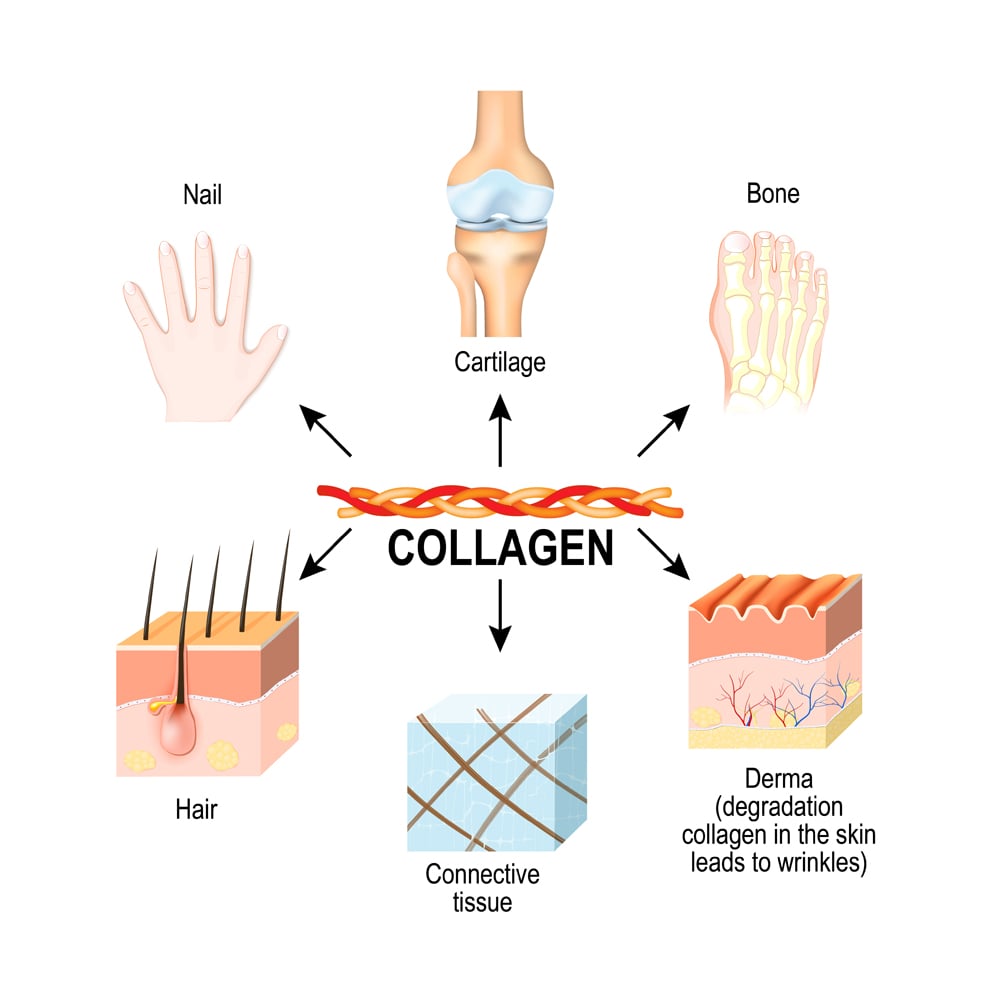
Fascia is made of dense collagen fibers that form a mesh. The fibers entangle together, forming a solid supportive network. There are different kinds of collagen, depending on the protein composition, and they make up different fascia types. Different fascia types have other properties that give them various functions.
What Are The Different Fascial Categories?
Fascia can be divided into three main categories: superficial fascia, deep fascia and muscle-related layers.
Superficial fascia is loose collagen-containing connective tissue that holds our body’s fat within it.
Deep fascia is fat-free fascia that forms a protective coat over the nerves, blood vessels, organs and glands.
The muscle-related layers, as the name suggests, cover every single muscle in the body.
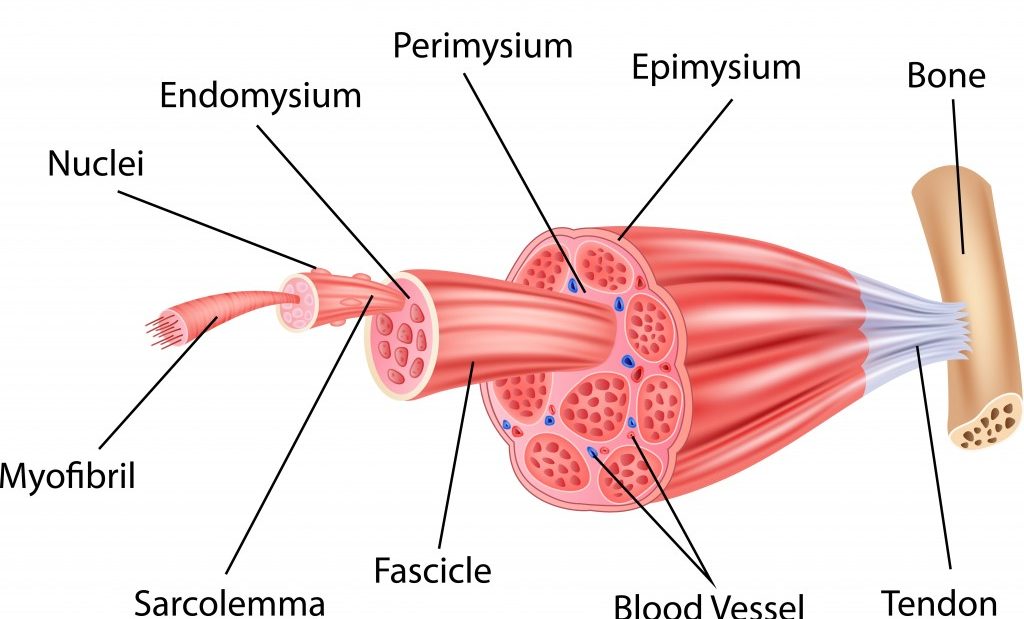
What Is Fascia’s Role In The Body?
Fascia does more than just provide support to our body parts and keep them in shape. As fascia provides inseparable connections between muscles, it is responsible for our smooth movements. When we walk or bend down to touch our toes, our muscles gently contract and relax in harmony with the help of fascia.
When we bend our arms or knees and move our joints, the neighboring blood vessels and nerves move without restriction due to the tissue support fascia provides. Fascial tissue evenly distributes workload amongst the muscles. For example, the plantar fascia helps maintain our walking style without us being consciously aware of it all the time. It guides our feet muscles so that we take each step appropriately, where the heel touches the ground first, followed by the toe.
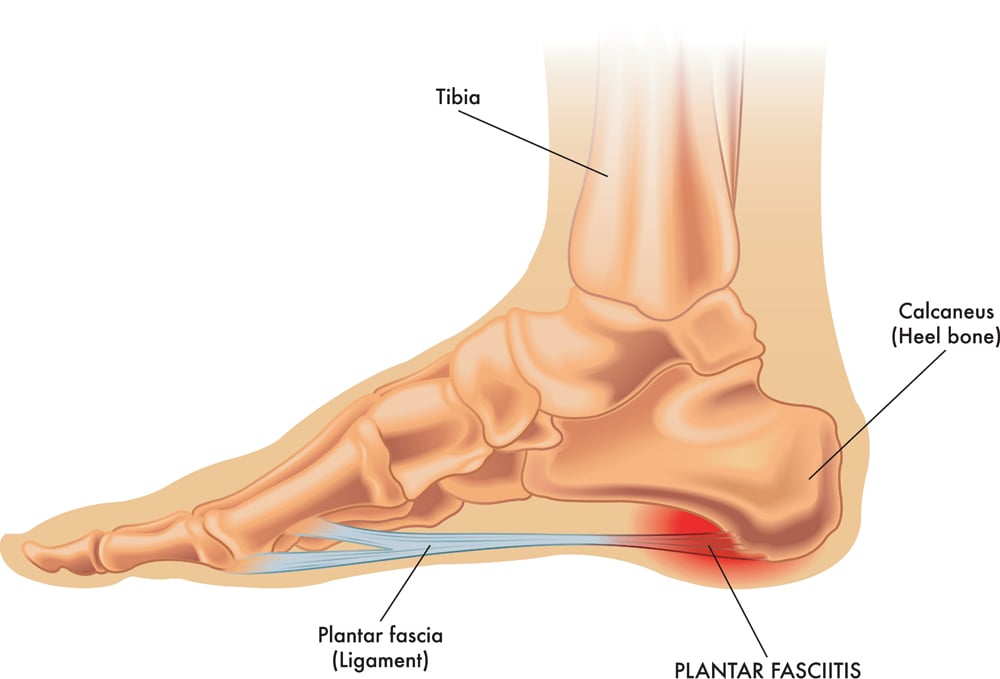
With new advancements in tissue viewing, such as electron microscopy, researchers found that fascial tissues possess many nerve endings. This suggests that fascia also plays a role in our stimulus sensations. We sense pressure, pain, temperature and muscle vibrations with the help of fascia!
After hitting the gym, the soreness that hits the next day comes from the pain receptors or nociceptors in our fascial tissues. All the other pain we feel in the bones and ligaments is also sensed by the receptors present in the fascia.
This video on YouTube summarizes the importance of fascia very well.
Conclusion
As better tools to study fascia arrived, doors to many new research areas were opened. We can better understand how muscles sense vibrations and sensations and transmit this information to nerves. By understanding fascia, physiotherapy practices can be improved, which will help professional athletes improve their performance. Fascia can change how we understand health and disease, too, as now we know that our entire body is linked together by a never-ending collagen network.
There is even some research that suggests fascia regulates our emotions. If our fascial system is disturbed, our feelings are also disturbed. That would explain why some people feel restless or irritated after sitting in uncomfortable positions for long time periods.
Science has only scratched the surface of this full-body mystery, as there is still a lot to uncover about fascia and its essential functions.
References (click to expand)
- Anatomy, Fascia - StatPearls.
- Schleip, R., Jäger, H., & Klingler, W. (2012, October). What is ‘fascia’? A review of different nomenclatures. Journal of Bodywork and Movement Therapies. Elsevier BV.
- Fascia: a morphological description and classification ....
- Findley, T., Chaudhry, H., Stecco, A., & Roman, M. (2012, January). Fascia research – A narrative review. Journal of Bodywork and Movement Therapies. Elsevier BV.
- Real Cinderella Story.



